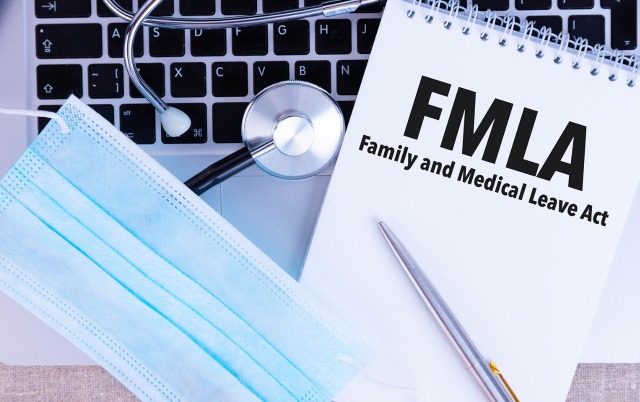The FMLA allows eligible employees to take unpaid, job-protected leave for specified family and medical reasons. In addition to providing eligible employees with an entitlement to leave, the FMLA requires employers to maintain employees’ health benefits during leave.
Eligible employees must work at an employer subject to the FMLA. This includes:
- private-sector employers with 50 or more employees in at least 20 weeks of the current or preceding year;
- public agencies, including state, local and federal employers; and
- local education agencies, including elementary and secondary schools (public and private).
To be eligible for FMLA leave, an employee must have worked for the employer for at least 12 months (does not need to be consecutive), have at least 1,250 hours of service for the employer during the 12-month period immediately preceding the leave and work within 75 miles of a location where the employer has 50 or more employees.
For a full breakdown of all the FMLA provisions and requirements, check out our FMLA Guidelines chart.
For more information about employee benefits, our services and products, contact HANYS Benefit Services online or call 800.388.1963.
This chart is provided to you for general informational purposes only. It broadly summarizes federal statutes and regulations under the FMLA, but does not include references to other legal resources, unless specifically noted. Please seek qualified and appropriate counsel for further information and/or advice regarding the application of the topics discussed herein to your employee benefits plans. © 2011-2013, 2015, 2017, 2019 Zywave, Inc. All rights reserved.

